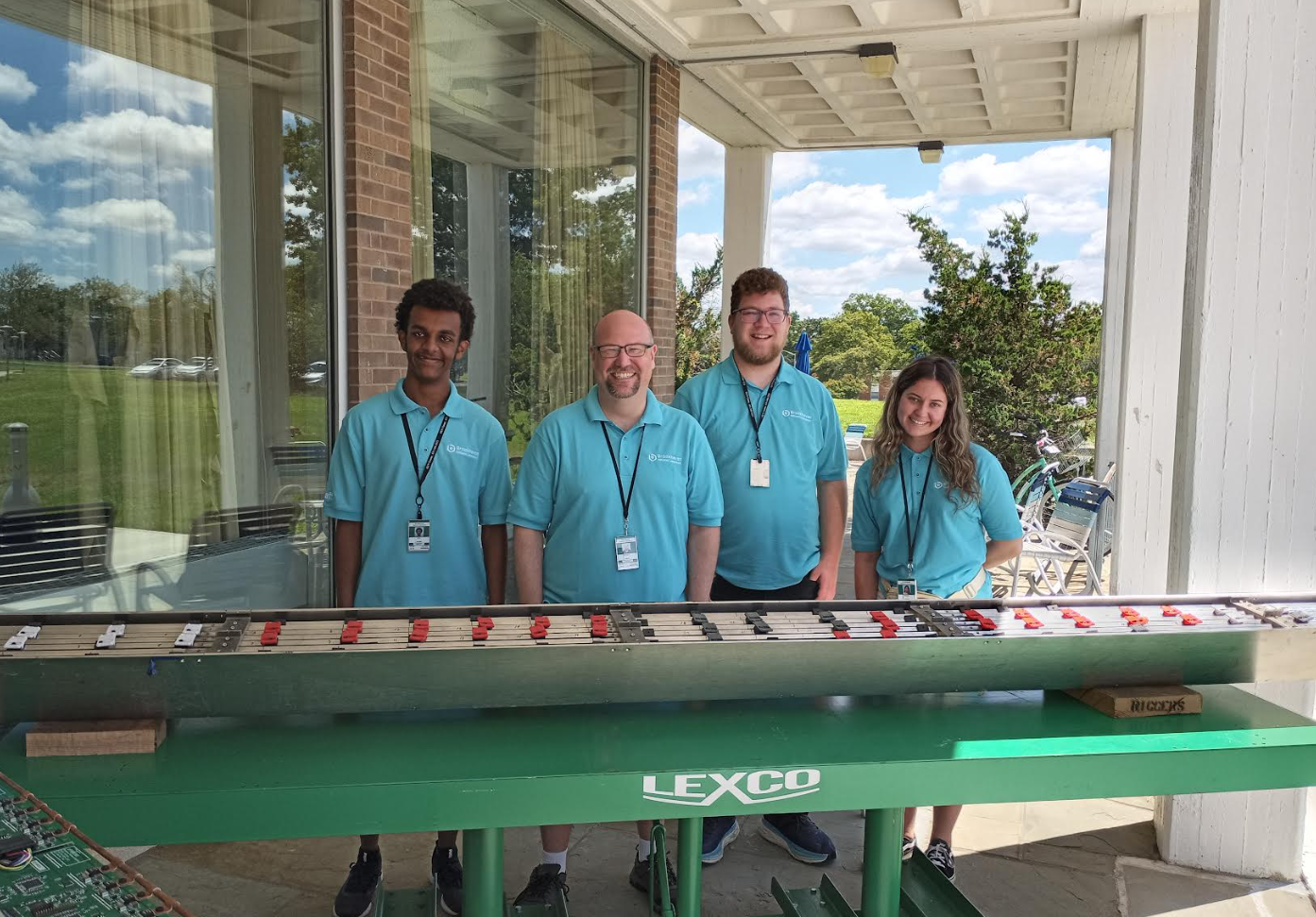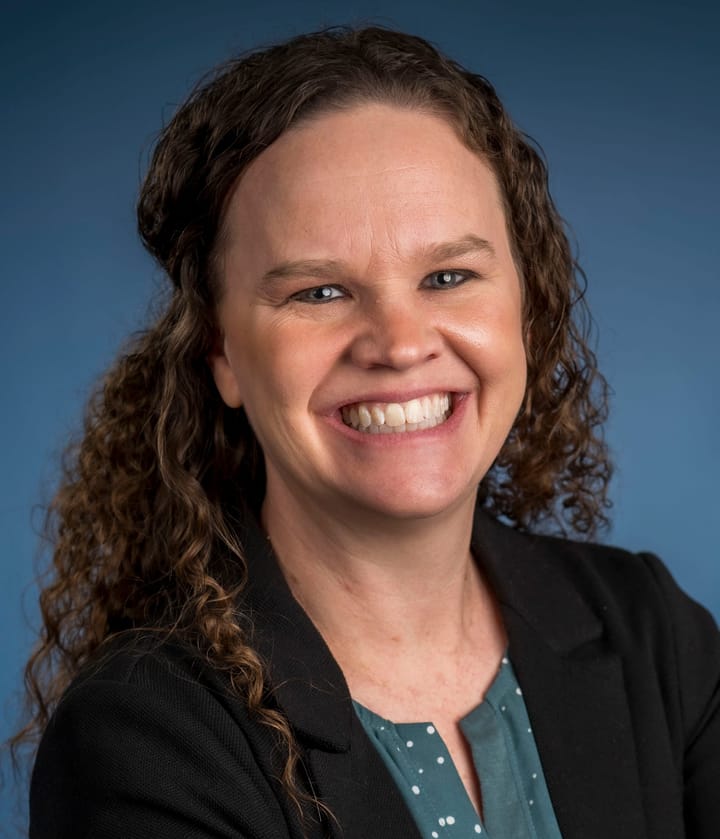Natural science researchers respond to changes in federal government spending

On Jan. 20, 2025, President Donald J. Trump signed 26 executive orders, one of which declared an end to “Radical and Wasteful Government DEI [Diversity, Equity and Inclusion] Programs and Preferencing” (EO 14151). The following day, then-Acting Secretary of the Department of Health and Human Services Dorothy Fink released a memo that paused all communication within the HHS, which includes the National Institute of Health.
In response, the NIH ceased all communication internally and publicly as well as with NIH grantees. The NIH and the National Science Foundation both paused reviews of grant applications as they began to comb through any currently funded proposal awarded after Jan. 20, 2021 for terms like “DEI” and “gender ideology,” Science said. Grants that are flagged must be reported to the Director of the Office of Management and Budget, Russell Vought, or be terminated per Executive Order 14151.
All of this means that future research may look very different for some Augustana professors in the natural sciences division.
The largest research program at Augustana is a branch of the University of South Dakota’s Biomedical Research Infrastructure Network, which seeks to support a large undergraduate research fellows summer program and South Dakota researchers as they are “developing and maintaining new areas of biomedical research,” according to the SD BRIN proposal. Because SD BRIN receives funding from NIH, the pause in communication and grant reviews has been concerning, Augustana’s liaison for SD BRIN Alexander Kloth said.
Kloth said SD BRIN is nearing the end of its five-year cycle and recently wrote a new proposal for the next five years of SD BRIN. Just because SD BRIN has received grants from the NIH since 2002 does not mean that renewal is guaranteed. The NIH met and reviewed SD BRIN’s proposal but have yet to reconvene and decide if the grant will be renewed.
“In this uncertain atmosphere, I think nothing’s a done deal,” Kloth said. “In many ways, this has been the world’s most nauseating roller coaster.”
SD BRIN’s proposal does not include DEI, gender or environment-related goals and is not likely to be flagged and evaluated by NIH.
The grant’s liaisons’ concerns lie with communication as to when NIH will approve or reject their proposal. If the SD BRIN grant is renewed before next fall, Kloth said, there should be no lapses in the annual student fellow summer program; however, if NIH’s grant approval board does not meet by fall 2025, Augustana and other participating institutions may be without the SD BRIN program for a summer. Either way, SD BRIN is continuing forward as if nothing has changed.
Other Augustana natural science studies – including physics Professor Nathan Grau’s and biology Professor Carrie Olson-Manning’s research – are not directly funded by NIH, yet they still rely on federally-funded grants to pay for direct and indirect costs.
Grau conducts nuclear physics research at the Brookhaven National Laboratory particle collider in Long Island, New York during the summer. One of his and his collaborators’ goals is to diversify the field of nuclear physics, a goal that is written into his NSF grant proposal. Grau also received funds from the South Dakota Space Grant Consortium, funded by NASA’s education arm. NASA, a federal agency, released a memo on Jan. 23 requiring that all “NASA Contractors and Grantees immediately cease all DEIA activities required of their contracts or grants.”
Although Grau’s research has not yet been flagged for DEI activity, he expects to hear something in the coming months. If NSF finds buzzwords in his proposal, he worries that frozen funds from his grant may make the university financially vulnerable.
Grau also worries that his students may lose important funding which they need to perform research and travel as well as lodge over the summer months.
“These large federal grants are also indications of the level of work we do here and the kind of experiences we provide students,” Grau said. “So not getting to take them to Brookhaven – and not giving them the opportunity to sit shift and take data at a large scientific collaboration – is going to impact the kind of educational experiences [students] have.”

Olson-Manning works on site at Augustana in the Froiland Science Center, along with her two employees – Research Technician Sydney Kreutzmann and Postdoctoral Scholar Kylene Guse – on a milkweed hybridization study. Like Grau, she is funded by NSF. Although her CAREER grant proposal contains some DEI language, she is not worried that her current funds will be frozen because she believes the proposal does not contain the buzzwords for which government agencies are looking.
Olson-Manning believes diversity in the sciences ultimately leads to better research.
“The biggest impact we can have is to make science more representative of the population,” Olson-Manning said. “Science is better when we have diverse perspectives.”
After hearing a report from NPR that 168 employees were fired from NSF on Tuesday, Feb. 18, she is concerned that her program officer – a position that helps to ensure grant money is being spent responsibly – may have been fired, which would make researchers’ jobs more difficult.
Ultimately, Olson-Manning worries that her grant may not be renewed going forward and that Kreutzmann and Guse will be left hamstrung – individuals who she relies on to help perform her research and to work with undergraduate researchers.
“[Kreutzmann and Guse] highly contribute to the research experiences that students are getting,” Olson-Manning said. “I wouldn't be able to take the number [of students] on my own.”
In addition to recent executive orders, per President Trump’s agenda to reduce overall government spending, the NIH capped all standard indirect rates at 15%, roughly nine percentage points lower than the 23-24% Augustana negotiated in recent years, Kloth said.
SD BRIN researchers, Grau, Olson-Manning and even natural science classes rely on indirect costs to cover overhead, personnel, electricity, etc. With a sudden major drop in funds for these research essentials, Augustana science departments must rethink how funds will be distributed, Kloth said. Although neither Grau nor Olson-Manning have NIH grants, both will see the trickle-down effects in the form of indirect costs
Despite these changes, professors and researchers continue to keep Augustana students and their education at the forefront of their thinking, Kloth said.
Much is unclear right now for scientists around the country: how research will proceed, how researchers and studies will be affected and if students’ education may be impacted long-term. No matter how much researchers may want to accelerate the process and move on to what comes next, Grau said, “All we can really do is wait.”



